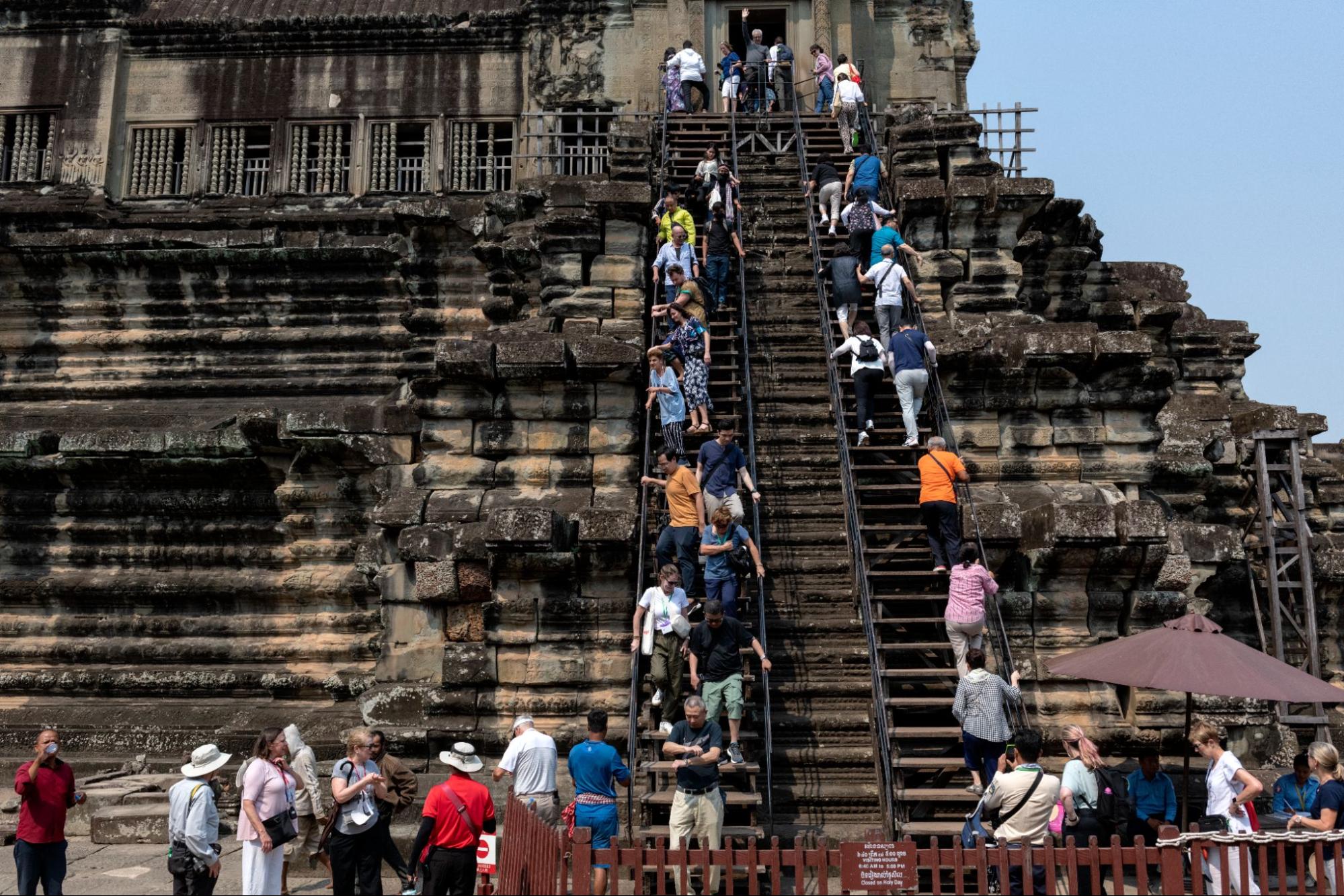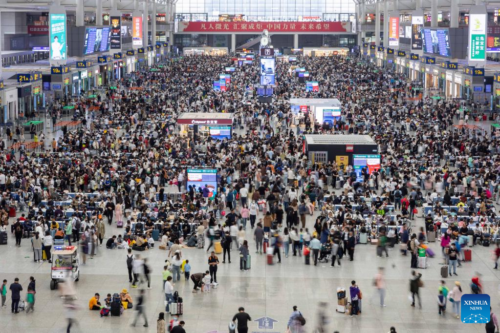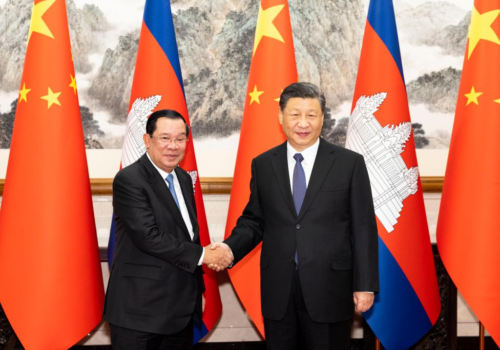Chinese tourists spurn Cambodia and Myanmar due to fears of human trafficking
The two Southeast Asian nations have ramped up efforts to lure Chinese tourists, but safety concerns remain.

In an effort to revive tourism in the post-pandemic world, Cambodia and Myanmar — two Southeast Asian countries with strong diplomatic ties to China — have introduced separate initiatives targeting Chinese travelers. However, with their reputation plagued by crime and danger, winning back Chinese tourists is likely to be an uphill battle.
On August 4, Cambodia’s Ministry of Tourism announced the launch of “China Ready,” a nationwide program that aims to improve Chinese-language services across seven business categories related to tourism, including hotel, restaurant, travel guidance, resort, and souvenir shop. The end goal, according to the Cambodian government, is to ensure that “customer-facing workers can speak Mandarin” and “provide standardized services to Chinese travelers.”
The initiative is part of a broader tourism-boosting plan that’s built on a deal between China and Cambodia, which decided to work together earlier this year to bring more Chinese tourists to their neighboring country, through measures such as increasing direct flights between the two, allowing payments in Chinese renminbi in the tourism sector, and organizing special events in celebration of the 65th anniversary of Cambodia-China diplomatic relations.
Before the pandemic, of the more than 6.6 million foreigners who made trips to Cambodia in 2019, more than 35% were Chinese. That year, Cambodia’s tourism industry — powered by roughly 600,000 people — generated $4.92 billion, which accounted for approximately 12% of the country’s gross domestic product.
In 2020, Cambodia recorded just 1.31 million foreign visitors, down 80% compared with the year before. The drought of international arrivals exacerbated in 2021, with only 196,400 tourists visiting the nation.
In November 2021, Cambodia lifted quarantine requirements for all vaccinated travelers. As most tourism-related businesses resumed normal operations last year, 2.27 million tourists visited Cambodia, marking a strong revival with a jump of 669% over the number of visitors in the previous year.
However, its allure for Chinese tourists is nowhere close to pre-pandemic levels. In 2022, only 106,000 Chinese people visited Cambodia; with the “China Ready” initiative, the country is hoping to bring the number up to at least 800,000 by the end of the year.
Facing a similar problem of losing appeal to Chinese travelers, Myanmar — which reopened its borders to international commercial airlines last April — pinned its hope on Jilin, a province of around 23.4 million residents in northeastern China. Through a memorandum of understanding signed last month, Jilin and Myanmar officials have vowed to strengthen cooperation in mutually promoting tourism destinations.
After a COVID-induced suspension of three years, Beijing removed most travel curbs last December. In a move that further unleashed pent-up demand for overseas tourism, China resumed outbound group trips to some countries in February. This week, Chinese travel agencies have been given permission to provide group tourism services to an additional 78 destinations, including key markets such as the U.S., Australia, South Korea, and Japan.
In the past few months, a slew of countries has joined the race to lure Chinese tourists, who were the world’s biggest travel spenders before the COVID outbreak, spending a staggering $255 billion overseas in 2019. New Zealand, for instance, has been enlisting Chinese influencers to document their sponsored tours in the country on social media. Fiji’s tourism bureau, on the other hand, organized a string of pop-ups in Chinese cities to advertise its culture.
While such efforts have been largely well received, it’s been a different story when it comes to Cambodia and Myanmar. On the Chinese internet, the news of their China-focused policies has been met with skepticism and even downright opposition. On Douyin, the Chinese version of TikTok, there are hundreds of videos explaining the Jilin-Myanmar partnership, with some amassing thousands of comments, most of which are negative. “Shame on Jilin officials for working with Myanmar. Jilin people should stick together and resist calls from the government to visit Myanmar,” a user fumed. Under another video about Cambodia’s “China Ready” program, a Douyin user replied, “If I go, I don’t think I can leave Myanmar physically intact.”
Many skeptics pointed to one thing as their main source of concern: Cambodia and Myanmar’s reputation as havens for human traffickers. Their worries are not completely unfounded. In recent years, the two countries have regularly made headlines because of local criminal networks, which are known for running job scams from across Asia. According to various reports, lured by ads promising easy work overseas and extravagant perks, at least thousands of young people from China have been tricked into traveling to Cambodia, Myanmar, and Thailand, where they have been kept captive and forced to work in scam call centers.
Although law enforcement has reportedly started to catch up, with Cambodian police conducting rescues and setting up hotlines for victims last year, the endemic problem of human tracking is unlikely to be eradicated soon. In a report on the issue released by the U.S. State Department last year, victims and non-governmental organizations accused Cambodian officials of colluding with criminals traffickers or accepting bribes in return for dropping charges.
As a result, views of Cambodia and Myanmar have been largely unfavorable in China. The negative perceptions were reinforced recently by No More Bets, a crime action drama that’s currently dominating the Chinese box office. Drawing inspiration from real fraud cases and telling the story of a Chinese pair being trapped in an overseas scam operation, the film has ushered in a new wave of fear on Chinese social media, with many vowing to avoid Cambodia and Myanmar at all costs. “The moment I walked out of the theater, I felt like it was the end of a nightmare in Myanmar,” a Weibo user wrote.






